- Home
- All Integrations
All Integrations
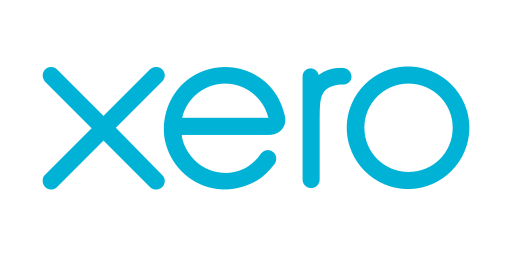
Xero Create a Manual Journal Integration
$0.00
Create Manual Journal (Xero) | Consultants In-A-Box Automate Financial Adjustments with Xero’s Manual Journal API Creating accurate, timely journal entries is routine but essential for healthy finance operations. Xero’s capability to create manual journals from connected systems moves that repetitive work out of spreads...

Xama Onboarding Create a Hub Client Integration
$0.00
Create a Hub Client | Consultants In-A-Box Automate Client Onboarding to Scale Faster, Reduce Errors, and Improve Business Efficiency The "Create a Hub Client" capability automates the process of adding new customers into a service hub so your teams don't have to manually create accounts, assign permissions, or stitch data a...
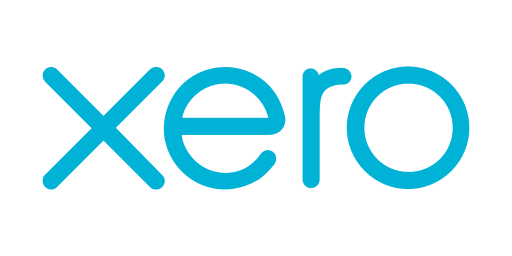
Xero Create a History Note Integration
$0.00
Xero History Note Automation | Consultants In-A-Box Automate Xero History Notes to Strengthen Audit Trails, Collaboration, and Compliance Xero’s history notes let you attach short, timestamped comments directly to invoices, bills, contacts, and other records so context stays with the transaction. Instead of fragmented emails...

Xama Onboarding Create a Company Report Integration
$0.00
Create a Company Report | Consultants In-A-Box Generate Fast, Reliable Company Reports to Reduce Risk and Speed Onboarding The Create a Company Report capability automates the collection, verification, and summarization of critical company information so teams can make decisions faster and with greater confidence. Instead of...

Xero Projects Get a Task Integration
$0.00
Xero Projects Task Automation | Consultants In-A-Box Turn Task Data into Action: Automate Project Accounting with Xero Projects and AI Agents At the heart of every successful services business is accurate, timely task data: who did what, at what rate, and for how long. The ability to fetch a single authoritative task record ...
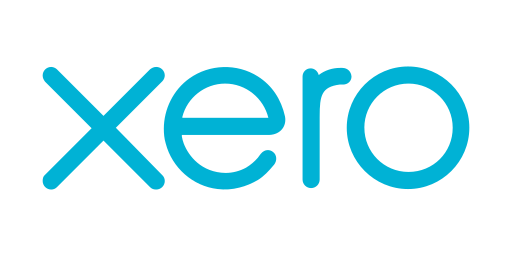
Xero Create a Folder Integration
$0.00
Xero Folder Automation | Consultants In-A-Box Automate Xero Folder Creation for Faster, Cleaner Financial Operations Creating folders in Xero is a small action with outsized impact: tidy document storage, consistent naming, and a reliable place to find invoices, receipts, and statements. When repeated manually across do...

Xama Onboarding Contact Updated Integration
$0.00
Xama Contact Updated Integration | Consultants In-A-Box Keep Contacts Accurate and Actionable with Xama’s Contact Updated Integration The Contact Updated feature in the Xama Onboarding platform turns contact changes into immediate, reliable updates across your technology stack. Rather than waiting for overnight batch jobs or...

Xero Create a Credit Note Integration
$0.00
Create Credit Notes in Xero Automatically | Consultants In-A-Box Automate Credit Notes in Xero: Faster Refunds, Fewer Errors, Smarter Finance Creating and applying credit notes is a routine but critical part of accounting—one that can consume time, introduce errors, and slow down customer service when handled manually. The a...

Xero Projects Get a Project Integration
$0.00
Xero Projects API - Get a Project | Consultants In-A-Box Unlock Real-Time Project Insights from Xero to Drive Business Efficiency The ability to pull detailed project information from your accounting system transforms how teams plan, bill, and report. The "Get a Project" capability in the Xero Projects API provides a clean, ...

Xama Onboarding Contact Deleted Integration
$0.00
Contact Deleted Automation | Consultants In-A-Box Automate Contact Deletion to Maintain Data Integrity, Compliance, and Business Efficiency The “Contact Deleted” notification is a small signal with outsized impact: when someone is removed from a CRM, onboarding tool, or employee directory, that event should ripple through ev...
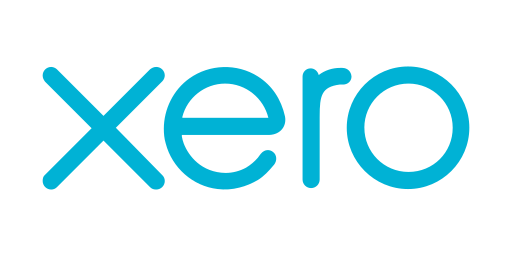
Xero Create a Contact Group Integration
$0.00
Create Contact Groups in Xero | Consultants In-A-Box Create and Automate Contact Groups in Xero for Better Segmentation and Faster Operations Creating and maintaining clean contact groups in Xero is a small operational task that delivers outsized value: clearer reporting, smarter marketing, and a faster accounts process...

Xero Projects Delete a Time Entry Integration
$0.00
Automate Accurate Billing by Deleting Time Entries in Xero Projects | Consultants In-A-Box Automate Accurate Billing by Deleting Time Entries in Xero Projects Mistakes in time tracking are small and frequent: a misplaced decimal, a misattributed task, or a contractor who logs future hours by accident. Left uncorrected, these...

Xama Onboarding Contact Created Integration
$0.00
Xama Onboarding Contact Created | Consultants In-A-Box Automate Onboarding with Xama’s Contact Created: Faster, Cleaner, Scalable Contact Management The Xama Onboarding "Contact Created" capability automates the moment a new person or organization becomes part of your business ecosystem. Instead of relying on spreadsheets, s...
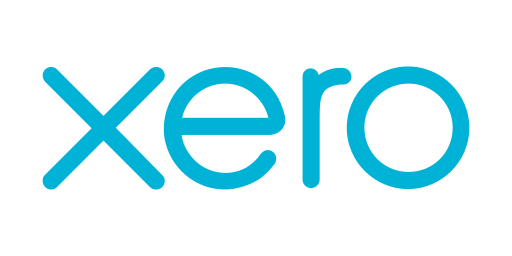
Xero Create a Contact Integration
$0.00
Create Contacts in Xero | Consultants In-A-Box Automate Xero Contact Creation to Speed Billing and Reduce Errors Adding customers, suppliers, and partners into your accounting system is a small but critical operational step that touches billing, payments, reporting, and compliance. The ability to create contact records progr...

Xero Projects Delete a Task Integration
$0.00
Xero Projects Task Deletion | Consultants In-A-Box Keep Projects Clean and Accurate: Automating Task Deletion in Xero Deleting a task in Xero Projects sounds like a small action, but it’s a high-leverage tool for keeping project data clean, budgets reliable, and teams focused. The basic capability removes a single item from ...

Xama Onboarding Company Report Updated Integration
$0.00
Company Report Updates | Consultants In-A-Box Stay Compliant and Confident: Automate Company Report Updates Company report updates keep track of changes to a business’s public profile—ownership shifts, legal filings, address changes, status updates and more. When those updates are captured automatically and routed into your ...
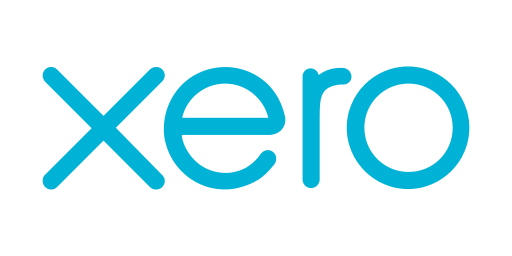
Xero Create a Batch Payment Integration
$0.00
Xero Batch Payments | Consultants In-A-Box Automate Supplier Payments with Xero Batch Payments for Faster, More Accurate Cash Management The Xero Create a Batch Payment feature turns a stack of individual invoices into a single, manageable payment action inside your accounting system. Instead of clicking through dozens or hu...

Xero Projects Create a Time Entry Integration
$0.00
Xero Projects Time Entry Automation | Consultants In-A-Box Automate Accurate Time Tracking and Billing with Xero Projects Time Entries The Xero Projects "Create a Time Entry" capability is a simple but powerful tool for recording work as it happens. At its core, it lets teams capture hours, associate them with tasks and...

Xama Onboarding Client Updated Integration
$0.00
Xama Onboarding Client Updated | Consultants In-A-Box Turn Client Updates into Business Momentum: Streamline Onboarding, Reduce Errors, and Scale Faster The "Xama Onboarding Client Updated" notification is more than a technical alert — it’s a coordination tool that keeps every part of your organization aligned when client in...

Xero Create a Bank Transfer Integration
$0.00
Create a Bank Transfer in Xero | Consultants In-A-Box Automate Inter-Account Transfers in Xero to Reduce Errors and Free Up Finance Teams The Create a Bank Transfer capability in Xero lets businesses programmatically move funds between accounts inside their accounting system. Rather than relying on manual entries or separate...

Xero Projects Create a Task Integration
$0.00
Create Tasks in Xero Projects | Consultants In-A-Box Automate Task Creation in Xero Projects for Faster, More Accurate Project Delivery Creating tasks in Xero Projects can feel like a small, repetitive piece of daily work — but it’s also a critical gatekeeper for how smoothly a project gets delivered, tracked, and billed. Au...
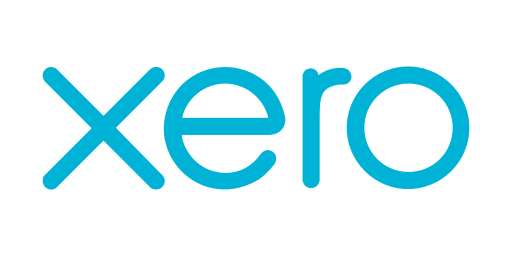
Xero Create a Bank Transaction Integration
$0.00
Automate Xero Bank Transactions for Real-Time Cash Visibility | Consultants In-A-Box Automate Xero Bank Transactions for Real-Time Cash Visibility and Business Efficiency Writing bank transactions into Xero is the invisible plumbing of modern finance. Instead of treating posting as a repetitive administrative task, automated...

Xama Onboarding Client Deleted Integration
$0.00
Client Deleted Workflow | Consultants In-A-Box Automate Client Deletion: Secure, Compliant, and Efficient Offboarding A "Client Deleted" capability is more than a technical flag — it’s the business event that marks the end of a relationship and sets off a chain of legal, operational, and security tasks. When a client is remo...

Xero Projects Create a Project Integration
$0.00
Create a Project (Xero Projects) | Consultants In-A-Box Automate Project Initiation in Xero Projects to Reduce Manual Work and Improve Accuracy The ability to create projects programmatically in Xero Projects transforms how businesses start and manage work. Instead of opening a user interface and typing the same fields repea...

Xero Archive a Contact Integration
$0.00
Xero Contact Archival | Consultants In-A-Box Keep Your Accounting Clean: Automating Contact Archival in Xero for Better Business Efficiency Archiving contacts in Xero is a small action with outsized operational benefits. Rather than permanently deleting customer, supplier, or vendor records, archiving hides inactive contacts...
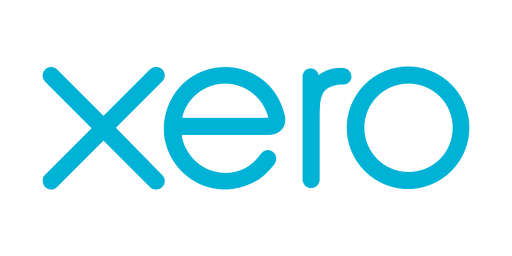
Xero Add a Contact to a Contact Group Integration
$0.00
Add Contact to Contact Group in Xero | Consultants In-A-Box Automate Customer Segmentation in Xero: Add Contacts to Contact Groups Automatically Assigning a contact to a contact group in Xero might look like a small accounting task, but when that action is automated and integrated into your broader systems, it becomes a stra...

Xama Onboarding Client Created Integration
$0.00
Client Created Automation | Consultants In-A-Box Turn Every New Account into Instant Value with Client Created Automation The "Client Created" capability turns the moment a new customer record appears into an orchestrated, measurable sequence of actions that deliver immediate value. Instead of relying on manual handoffs, che...

Xama Onboarding AML Check Updated Integration
$0.00
Automated AML Checks for Faster, Safer Onboarding | Consultants In-A-Box Automated AML Checks for Faster, Safer Onboarding Automated AML checks transform onboarding from a compliance choke point into a streamlined, trust-building experience. Instead of relying on manual lookups, spreadsheets, and slow human review, modern sy...
Collections
- 0CodeKit Integrations
- Accounting
- ACH Processing
- Active Campaign
- Ai Automations and Integrations
- Aircall
- All Integrations
- Annuities
- ATS
- Auto & Home
- BI and Analytics
- Brand Management
- Bullhorn Integration Endpoints
- Business Infrastructure
- Business Operations
- Business Retirement Plans
- Business Systems
- Card Access
- CCaaS
- Clio Integrations
- Cloud Services
- Connectivity, MPLS, Private Line
- Cost Reduction
- CPaaS/SIP
- Customer Relationship Management
- Data Center
- Developer Platforms
- Development
- E-Commerce
- E-Commerce Software
- eREIT
- Field Service Automations and Integrations
- Finance Automations and Integrations
- Financial
- Fire Alarm Systems
- Fleet Tracking
- FTP Hosting
- Gift Card & Loyalty
- Google Sheets
- Graphic Design
- Health
- Healthcare Software
- HR and HCM Automations and Integrations
- HR Software
- Human Resources
- Implemenation
- Insurance
- Integrate RingCentral With Monday.com
- Integrations
- International
- Intrusion Systems
- Investments
- Invoicing
- Invoicing and Contract Software
- Lead Generation
- Learning Management
- Legal
- Legal Services
- Long Term Care
- Managed Investments
- Managed Services
- Marketing
- Marketing
- Marketing Automations and Integrations
- Micro Funding
- Mobile Payments
- Mobility/IoT
- Monday.com Integrations
- Mutual Funds
- Other
- Others Software
- Outsourced Sales
- Pay Per Click
- Payment Processing
- Payroll
- Phone Systems
- Photography
- Pre-Paid Legal
- Print & Promotional
- Process Implementation
- Product Management
- Productivity
- Productivity & Efficiency Improvement
- Project Management
- Recuritment
- Recurring Payments
- RingCentral Integrations
- Sales Software
- Sales Training
- SD-WAN
- Search Engine Optimization
- Security
- Security and IT Management
- Security Systems
- Sling Scheduling Features
- SMS Communication
- Social Media
- Social Media Management
- Telecommunications Automations and Integrations
- Term Life
- Top Products
- Twilio Integrations
- UCaaS
- Video Conferencing
- Video Production
- Video Surveillance
- Web Development
- Web Hosting
- Webinar & Screen Sharing
- Workflow Training
- Zoho
- Zoho CRM Integrations
- Zoho Email & Collaboration
- Zoho Finance
- Zoho HR
- Zoho Legal
- Zoho Marketing
- Zoho Sales
- Zoho Service
- Zoho Suites
Brands
-
Liquid error (snippets/sidebar-collection line 199): internal



























